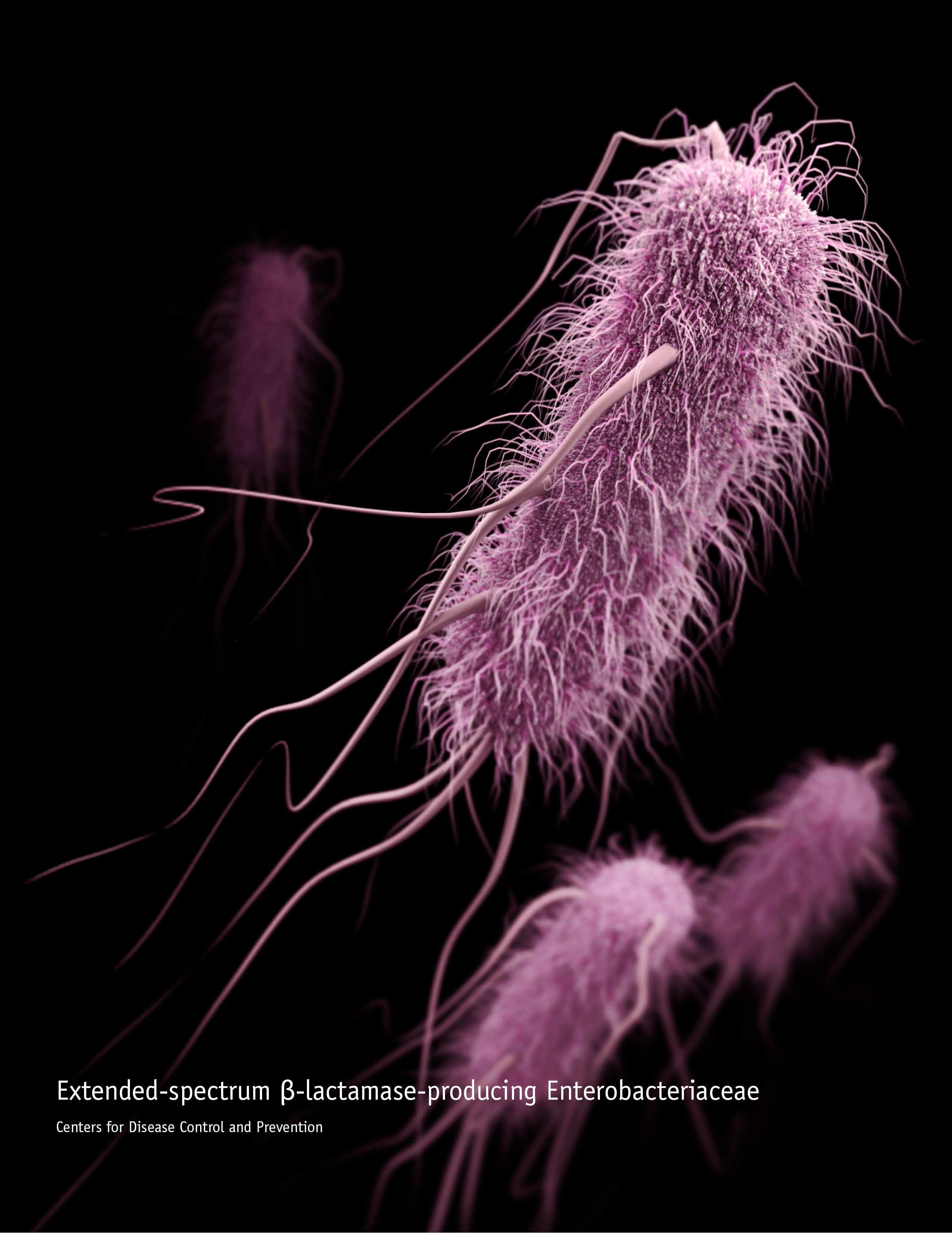Escherichia Coli (E.Coli) Colitis

https://www.doh.wa.gov/Portals/1/Documents/Pubs/331-181.pdf
https://www.epa.gov/dwreginfo/revised-total-coliform-rule-and-total-coliform-rule
Many strains of E. coli are a vibrant composition of the microbiome and play a role in keeping the intestinal tract healthy by preventing the overgrowth of other pathogenic (disease causing) organisms. However, non pathogenic E. coli can acquire characteristics that can make it pathogenic from other bacteria, e.g. the ability to adhere to and invade the gut cells and ability to obtain iron from human proteins.
The now pathogenic strains of E. coli can cause diseases ranging from respiratory illnesses like pneumonia, traveler’s diarrhea, neonatal meningitis, urinary tract infections to sepsis (blood poisoning) and food borne illnesses like mild to severe diarrhea.
A common strain called STEC (Shiga toxin-producing E. coli) produce a toxin called Shiga toxin which can lead to bloody diarrhea, kidney failure and death. STEC live in the gut of ruminants animals – cattle, goat, sheep, deer, elk- and its variants are usually implicated in large food borne disease outbreaks worldwide.
Anyone can become infected, but young children and the elderly are most severely affected. In 5-10% of those infected can develop hemolytic uremic syndrome (HUS), a severe condition that requires hospitalization as it can lead to renal failure, permanent kidney damage and death.
Some adults can develop thrombocytopenic purpura (TPP), a blood clotting disorder that can severely affect the major organs causing seizures and strokes, headaches, fatigue, difficulty breathing and large bruises on the skin.
The incubation period for STEC infection can range from 1-10 days after consuming the contaminated food, but symptoms of increasing abdominal pain and diarrhea usually become noticeable at about 3-4 days. These symptoms can progress to severe abdominal pain, bloody diarrhea and dehydration or can resolve within 5-7 days.
Since the discovery of the O157 strain as a pathogen in 1982, each year there have been a number of widespread outbreaks linked to the O157:H7 strain or other non-O157 STECs – like O121, O26 strains contaminating flour for example.
It is estimated that there are over 265,000 cases of STEC infection each year in the USA alone caused by E. coli O157:H7 – the dominant strain in the US. In Europe, where E. coli O104:H4 is common, it was linked responsible for the large outbreak in 2011.
The latest multi-state outbreak of E. coli O157:H7, occurred in late 2018 and affected both the USA and Canada. It was linked to romaine lettuce grown in California and affected 62 people in 16 states and the District of Columbia, resulting in 25 hospitalizations and two cases of hemolytic uremic syndrome (HUS). There were no deaths. An earlier outbreak that ended in June 2018 affected 210 persons in 36 states, resulting in 96 hospitalizations and 27 cases of HUS. Five deaths were reported. Product from Yuma, Arizona was implicated in this outbreak.
So far this year (Jan – Mar 2019) there have been only outbreaks causing Salmonellosis, from contaminated ground turkey and from handling pet hedgehogs.
Many foods, in addition to beef products, can become contaminated with E. coli O157:H7. These include unpasteurized milk and apple juice and cider, dry-cured salami, tahini, venison jerky, raw turkey and chicken products, eggs, dried coconut, cookie dough, sprouts, lettuce (any type), spinach, untreated water, and Kratom.
The disease can be spread by improper food handling, poor hygiene practices, and even handling infected pets.
Preventive strategies for E. coli infections include thorough washing and other measures to reduce the presence of the microorganism on raw food, thorough cooking of raw animal products, and avoiding recontamination of cooked meat with raw meat. To be safe, cook ground meats to 160 F.
Learn more about Escherichia Coli (E.Coli) and how to protect yourself at: https://www.cdc.gov/ecoli/index.html
Additional References:Clinical Microbiology made ridiculously simple. Edition 3. Mark Gladwin, M.D. and Bill Trattler, M.D.